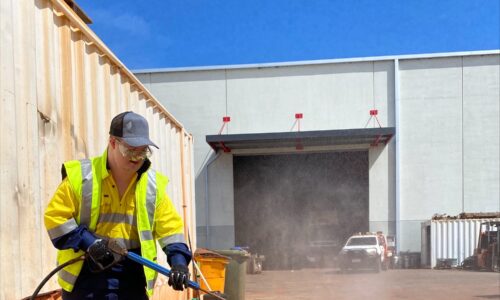How Data Analysis is Changing Ranger Drilling
In the last 20 years, we’ve seen the rise of collecting big data – which to many can sound as dry as a Pilbara pothole. If it’s not changing your business yet, it will. The general trend has been towards capturing every last skerrick of information from operations which leaves many businesses with two problems: how to visualise it, and what to do with it.
Recently, Ranger Drilling took another leap forward in our tech, by beginning Live Data Tracking (LDT) for Rig 17. This allows us to immediately use the data we pull off the rig, and do it in real time.
The process removes the estimation game to offer more accuracy on site. For example, in the past we might have been able to work out that fuel costs account for somewhere around 20-30% of actually drilling. Live Data Tracking allows us to see not just fuel remaining, but fuel usage down to the millilitre across tasks.
LDT also means we can track operations against daily KPIs, such as metres drilled, and adjust workflows or timelines accordingly. Yes, from anywhere in the world, from right here in Perth. When rigs are excavating a hole, specialised sensors detect user errors or mechanical failures that have occurred or are imminent. Live alarm feedback now alerts both the operator and a remote supervisor.
This all represents the next step in data capture and use that is already being carried out on a number of our rigs.
Let’s take the example of just a single rig operating in Western Australia’s north west. How much data is being logged through the Cortex LDT system? One rig which drilled 520 holes across eight months resulted in more a trillion (1,000,000,820,000) data points.
Visualising this data in the cab, or remotely, allows an operator to adjust the pressure, speed and rotation of the down-hole bit and adjust accordingly. All the while, the various pressures on tip are recorded as data that can be used to extrapolate the mineral beds and ore reserves below the ground. These can be plotted out to create a 3-dimensional model far more accurately than traditional methods and determine the next step of exploration if deposits are sparse.
There’s no denying that big data – and perhaps more importantly, the extrapolations from it – will continue to spur innovations and more informed decision making for large organisations. To make it part of yours, talk with Ranger Drilling.

